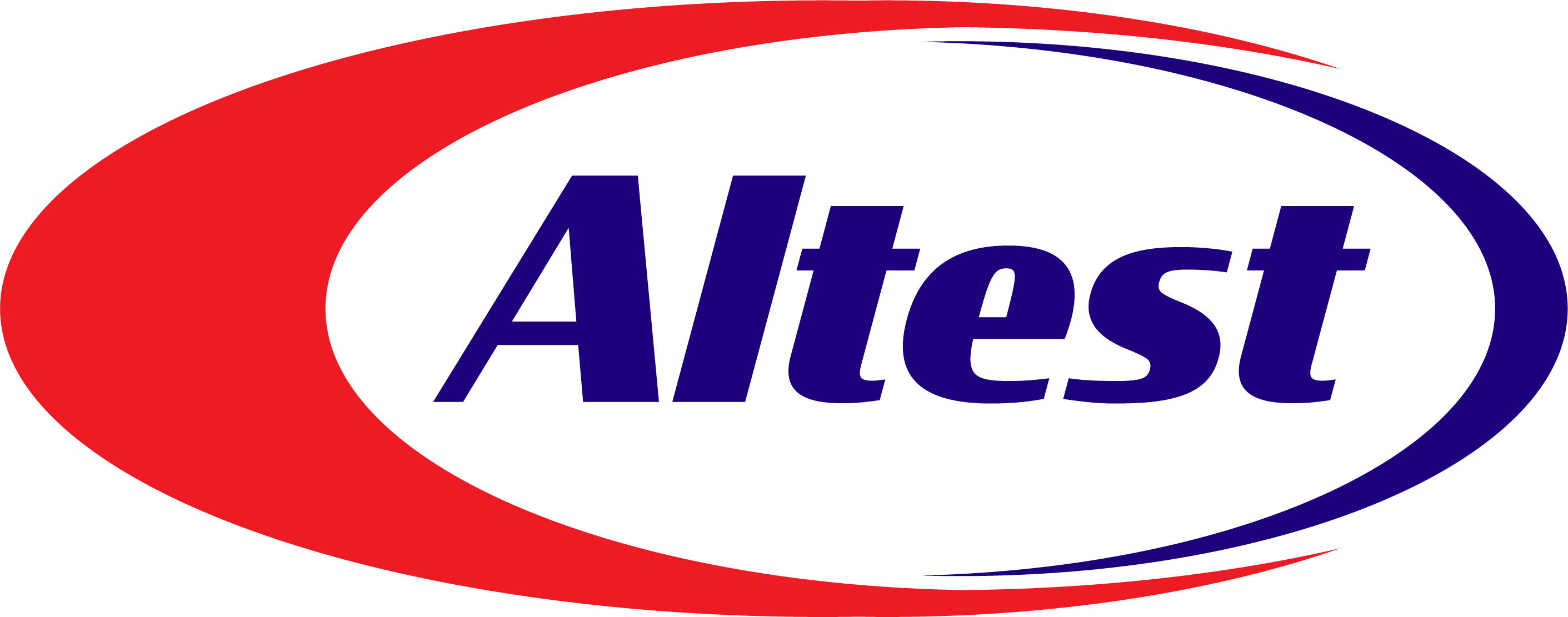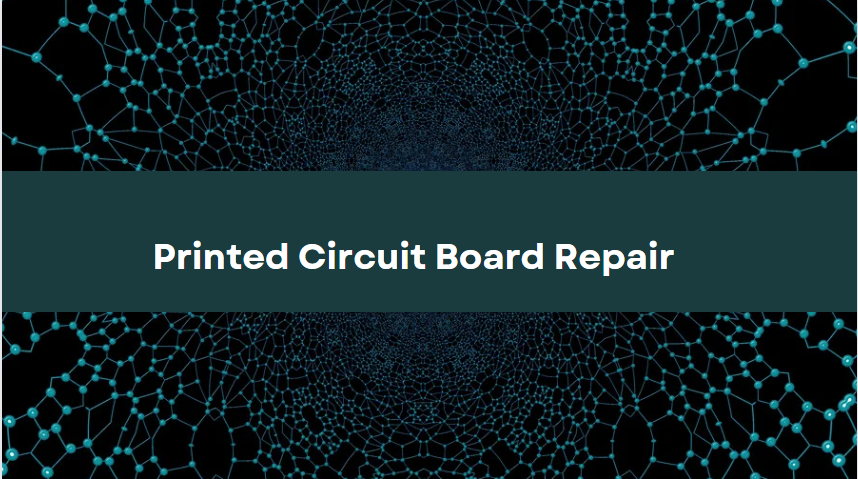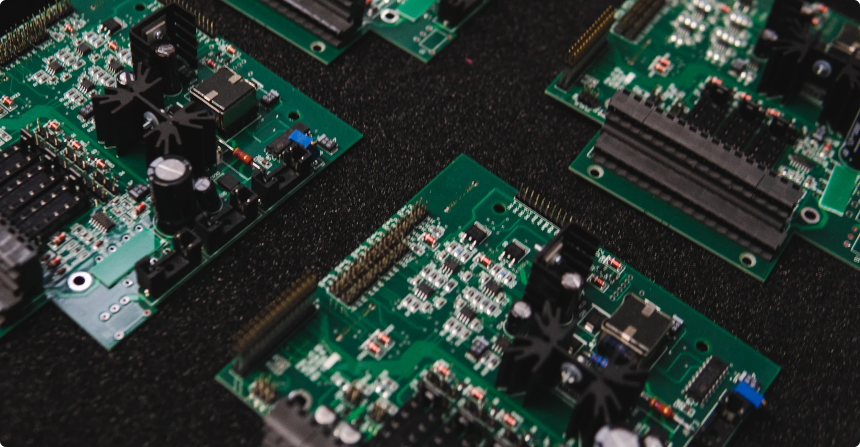Unlocking Efficiency with IC Decapsulation in Printed Circuit Boards

Admin, April 11,2024
7 Characteristics Of Surface Mount Technology
Optimizing Flexibility and Durability
There are two ways to install components on the circuit board, including SMT and through-hole technology. Engineers use surface mount devices to connect PCB components. In surface mount, you will see small components housed on a flat surface.
Surface mount technology involves a lot of care as it consists of compact components and boards. In this case, the assembly is fast and accurate and helps have automation in high-volume productions.
The best thing is that the components are cheaper in SMT than the through-hole components. So, you can easily develop a budget-friendly PCB using this technology.
Characteristics Of Surface Mount Technology
There are some key characteristics of SMT as described below.
1: Fast Manufacturing
PCB manufacturing companies prefer surface mount because it is fast, and involves less drilling than other methods. Moreover, the setup time is also minimal, so you can produce more circuit boards in a short time. Since you don’t have to drill the holes, the initial cost becomes low.
2: Flexible Design
You get design flexibility in surface mount technology as the same PCB can also have through-hole assembly. There is a variety of high-quality components, so you can perform multitasking while working with such a mounting method.
3: Compatible with Smart Devices
Today’s smart devices consist of compact circuit boards having their assembly through SMT. You don’t need many circuit boards for appliances as a few boards can work. You can also mount components on the sides of the board, allowing maximum connections. Whereas, such a method does not affect the quality of the device. Moreover, PCBs developed through a surface mount technology are lighter than others.
4: Good Function
A circuit board is not all about pasting components on it as any vibration or stress can remove them. Poor assembly of the components can damage a circuit board. However, surface mounting reduces this issue making components stable and firm in their place. Such a PCB can withstand any harsh environment and pressures. So, a device producing high vibrations should have an SMT-based PCB.
5: Soldering Options
Surface mount technology is flexible in terms of soldering as you can customize it according to your needs. PCB components vary in shape and size, so you can choose a soldering technique according to the components. Such a freedom of choice makes things easier and faster.
6: Meets the EMC Regulations
The electromagnetic compatibility or EMC, in this case, is great. Such compliance makes a device highly functional as it meets all the standards. Moreover, there is a minimum lead induction, making SMT very safe for electrical devices.
7: Automatic Alignment of Components
The process of PCB soldering is very critical as there is surface tension in the molten solder. This is where surface mounting helps as it automatically aligns the components with the pads. In other words, misaligned components get aligned automatically through solder pads.
Classifications of SMT
There are three types of surface mount technologies with different characteristics, such as:
Basic SMT: In this type of PCB assembly, the components are installed on either one or both sides of the board. This type of surface mount is simple as it does not require special tools.
Advanced SMT: You will see this type of technology in advanced devices. It’s a combination of both surface mount and through-hole technologies. The primary side of the PCB has both SMT and through-hole assembly, but the other side only has SMT. This method is suitable when you need more components on a single board. The electrical function is also better in this case.
Versatile SMT: In this type, you will see the through hole on a board’s main side. Whereas both sides have components and soldering. In other words, it is a different way to have an advanced assembling.
What Are The Drawbacks Of Surface Mount Technology
Like every other technology, surface mount technology has its drawbacks, such as:
Surface mounting of components makes rework hard due to tiny components. Advanced circuit boards are full of different components located closely that’s why the repair becomes difficult.
It is not ideal for high-power parts that generate high temperatures. There is poor heat dissipation due to a compact design.
Sometimes it becomes hard to find certain components. So, you have to face some design limitations.
When it comes to SMT, you have to use only a high-quality finishing material. Remember that, poor finishing can affect soldering, making the circuit board weak.
The board is vulnerable to damage during repair due to smart and delicate components.
Things To Consider In Surface Mount Technology
You have to consider certain factors while assembling a PCB using SMT. Let’s explore it further;
Use Correct Data: While practicing SMT, make sure to have the right design data. You can find such data in the layout drawings of a circuit board.
Go for an Automated Machine: Engineers should use the pick-and-place machine for installing the components. Such machines help in automation when there is high-volume production. Moreover, the machine ensures correct installation making assembly better and faster.
Focus on the direction of components: Make sure the components are well-oriented. Like, diodes and capacitors should be oriented according to the electrical standards. Only the right orientation can give you good connections.
Use Design-Compatible Components: The SMT components should be compatible with the design specifications. Dimensions vary according to the component packaging. So, it is crucial to have design-matched components.
Component Testing: Make sure to test all the components before installation as they should not be defective. There should not be poor packages or faulty leads. Any fault can cause poor soldering, affecting the function of the circuit board.
Correct Tolerances: The spacing between the components should be according to the guidelines. Poor spacing results in solder bridging. Whereas proper spacing helps in the inspection and repair.
Focus on Thermal Properties: Make sure to have heat dissipation when there are high-temperature components. Such as microprocessors should be so placed that they don’t get overheated.
Logical Grouping: In SMT, the components should be grouped according to their function. It can help you inspect and maintain a PCB in the future. Components that relate to each other should be adjacent, like those making specific circuits.
Follow the Design Standards: The installation of components in SMT should adhere to the design standards. Proper placement of components provides less electromagnetic interference, enhanced signal integrity, and a better PCB function.
Consider Quality Control: You should follow the quality control test after SMT assembly. Like, an AOI or automated optical inspection helps find certain errors in soldering or component alignment. If there is any issue, you can solve it at an early stage.
Have a Necessary Record: You should keep a record of the entire SMT process. Like, note down the settings of the pick-and-place tool. Also, save components’ reel data and other changes made during installation. Such documentation will help you in tracing the errors and make changes.
Manufacturers can ensure a reliable, accurate, and effective installation of components if they consider the above guidelines. As a result, the end product or device will be durable and functional.
Surface Mount Technology And Its Applications
Various electronic products have SMT-based circuit boards. Such a versatile and long-lasting technology makes it ideal for many applications, such as:
Communication Industry: Surface mount technology is ideal for communication devices like networking equipment, modems, and routers. It provides reliable internet and Wi-Fi connections in this smart world.
Medical Industry: Many medical equipment also depend on surface mounting. Like, you can see it in monitoring equipment, imaging or x-ray devices, and diagnostic tools or apparatus, like the B.P apparatus.
Smart Wearable: Smart gadgets also come up with smart circuit boards. Like, smartwatches, and fitness-tracking equipment.
Automotive Industry: You will see a significant role of SMT in the automotive industry. It helps manage engines and built-in entertainment equipment.
Aerospace Industries: You cannot deny the benefits of SMT when it comes to the defense and aerospace industries. It helps develop compact equipment to deal with the weight and space limitations.
Home Automation Gadgets: Smart homes cannot survive without smart devices based on SMT. From security cameras to mini thermostats and smart doorbells, all have component assembly through surface mounting.
Industrial and Audio Equipment: Industrial equipment like control panels, sensors, and automation technology, all need compact PCBs. Likewise, smart audio equipment depends on compact circuit boards assembled with surface mounting. Speakers, sound bars, amplifiers, etc. all come up in this category.
General Products: Most consumer electronics are functional because of SMT. Such as gaming devices, gadgets, appliances, reading devices, and much more. Similarly, the making of gaming consoles involves this technology, such as PlayStation or X-box that need a circuit board covered with components.
Solar Energy: The renewable energy units and solar systems also include surface mount technology. Whether solar inverters or wind turbines, all are SMT-enabled.
Final Thoughts
The flexibility and reliability of the surface mount technology will keep it ideal for future innovations. Such technology involves a lot of care as it consists of compact components and boards. Moreover, you have to consider certain factors while assembling a PCB with SMT.
YOU MIGHT ALSO LIKE
Share:




